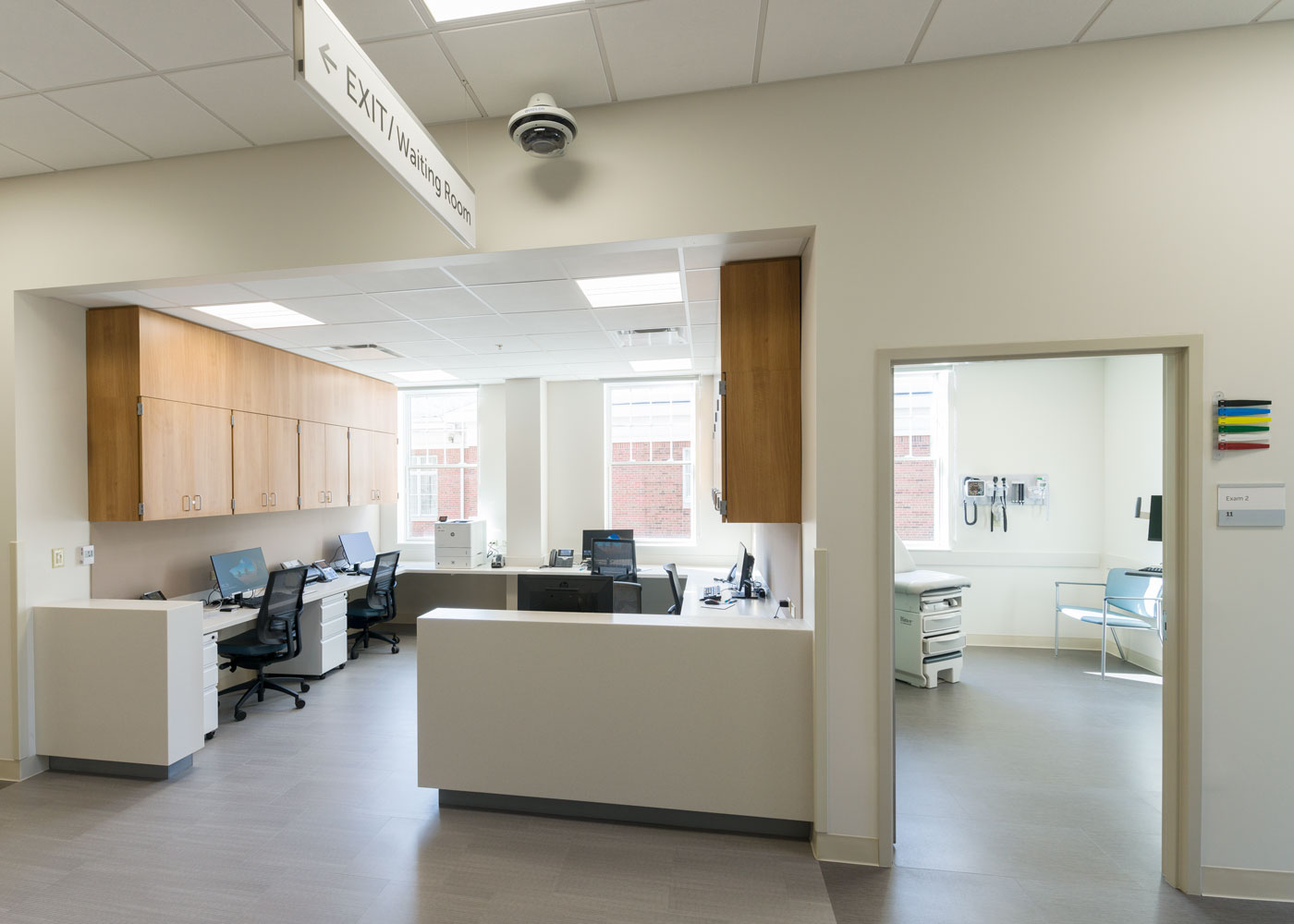How Our Clinic Makes Certain Top-Notch Urgent Take Care Of Every Patient
How Our Clinic Makes Certain Top-Notch Urgent Take Care Of Every Patient
Blog Article
Recognizing the Duty of Urgent Treatment in Giving Timely Therapy for Non-Life-Threatening Conditions
Immediate treatment facilities have arised as an important component of the medical care landscape, attending to the prompt needs of clients with non-life-threatening conditions. Comprehending the subtleties of urgent care could dramatically influence client results and the overall effectiveness of health care distribution.
What Is Urgent Treatment?
Immediate care describes a group of clinical solutions developed to resolve non-life-threatening conditions that require instant focus. These facilities function as an intermediary in between key care doctors and emergency situation areas, providing a hassle-free choice for people that require prompt care without the extensive waiting times generally linked with emergency situation divisions.
Urgent care centers are usually staffed by physician, including physicians, registered nurse specialists, and physician aides, that are trained to identify and treat a vast array of problems. Common solutions offered by these facilities include therapy for minor injuries, illnesses, and infections, in addition to analysis tests such as X-rays and lab work.
In addition, immediate care centers typically accept walk-in clients, getting rid of the demand for appointments. On the whole, immediate care plays an essential function in the healthcare system, making sure patients can access essential clinical solutions immediately and successfully.

When to seek care at an immediate care center rather of a primary care physician or an emergency situation space,Numerous people may find themselves unsure about. Immediate treatment is made to resolve non-life-threatening problems that need prompt attention but are not severe sufficient to necessitate an emergency clinic visit.
Usually, one must think about immediate take care of issues such as minor cracks, sprains, cuts needing stitches, or infections like urinary system system infections. Furthermore, cool or flu signs and symptoms, rashes, and allergic reactions can additionally be suitably taken care of in this setup.
It is necessary to note that immediate care is not ideal for deadly emergency situations, such as chest discomfort, difficulty breathing, or extreme bleeding, which demand instant emergency situation room treatment.
People that do not have accessibility to a health care doctor or can not secure a prompt visit might likewise profit from immediate care services. Ultimately, recognizing when to utilize immediate care can bring about much more efficient medical care distribution, enabling clients to receive the suitable degree of treatment based upon their particular health and wellness requirements.
Benefits of Urgent Treatment Centers
Selecting urgent treatment facilities for non-life-threatening conditions offers several advantages that improve client experience and availability. One main benefit is the lowered wait times contrasted to traditional emergency clinic. Immediate care facilities commonly operate on a first-come, first-served basis, permitting clients to obtain prompt medical interest without the long hold-ups commonly connected with health center setups.
Additionally, immediate care facilities offer extensive hours, consisting of evenings and weekends, fitting patients with differing routines. This flexibility makes sure that individuals can look for care when it is most hassle-free for them, better promoting prompt intervention.

Furthermore, these centers typically supply an extensive variety of solutions, including small procedures and diagnostic examinations, all under one roof. This debt consolidation of services not Web Site only streamlines the person experience yet likewise cultivates a more cohesive method to taking care of non-life-threatening health problems, ultimately profiting total person outcomes.
Usual Problems Treated
At urgent treatment facilities, a variety of non-life-threatening problems can be effectively dealt with, giving people with timely and accessible medical assistance. These facilities are especially adept at attending to issues that require timely attention but do not pose an immediate risk to life or limb.
Typical problems treated at urgent care centers consist of minor injuries such as fractures, stress, and sprains. Immediate care facilities are outfitted to perform necessary analysis examinations, such as X-rays and research laboratory examinations, allowing them to offer detailed treatment.
Moreover, urgent care providers can provide inoculations, helping to avoid the spread of transmittable conditions - Urgent Care. They additionally provide solutions for small procedures, such as suturing wounds or draining abscesses. By offering these diverse services, urgent care facilities play a vital role in connecting the space in between medical care and emergency situation solutions, ensuring clients get prompt therapy for click to read a vast variety of problems without the need for lengthy delay times usually connected with emergency clinic
How Urgent Treatment Supports Medical Care System
Urgent treatment facilities play a vital duty in supporting the general medical care system by reducing the burden on emergency situation departments and giving prompt accessibility to treatment for non-life-threatening problems. By dealing with instances such as small injuries, infections, and health problems, urgent care centers enable emergency situation departments to concentrate on more critical patients needing prompt interest.
Additionally, urgent care facilities boost health care availability, providing extensive hours and an easier alternative to standard primary treatment setups. This access is especially beneficial for patients who may not have a normal medical professional or that require instant treatment beyond typical workplace hours. As a result, urgent care facilities successfully decrease wait times and boost client fulfillment.
Additionally, urgent treatment centers add to cost savings for both people and the medical care system by providing lower-cost services compared to emergency departments. This monetary efficiency is important in an era of rising healthcare prices, allowing people to obtain necessary care without incurring exorbitant expenses.
Final Thought
To conclude, immediate treatment facilities play an important role in the health care system by delivering prompt treatment for non-life-threatening problems. By connecting the space in between key care and emergency clinic, these centers guarantee that people get prompt clinical interest without the prolonged delay times usually related to emergency divisions. The availability and effectiveness of immediate treatment centers add substantially to reducing the overall burden on health care resources, improving patient outcomes, and promoting a much more efficient health care distribution system.
Immediate care centers have arised as a crucial component of the medical care landscape, attending to the prompt demands of patients with non-life-threatening conditions. Urgent care check outs usually sustain lower out-of-pocket expenditures compared to emergency division brows through, making treatment extra inexpensive for clients without endangering quality. Immediate treatment centers are geared up to execute needed analysis examinations, such as X-rays and research laboratory examinations, enabling them to give comprehensive treatment.
By using these diverse services, immediate treatment facilities play a crucial duty in connecting the space in between key treatment and emergency solutions, making navigate to this website sure individuals get prompt therapy for a vast array of conditions without the need for long wait times normally connected with emergency rooms.
Moreover, urgent treatment facilities boost healthcare access, supplying prolonged hours and a more hassle-free choice to conventional key treatment setups.
Report this page